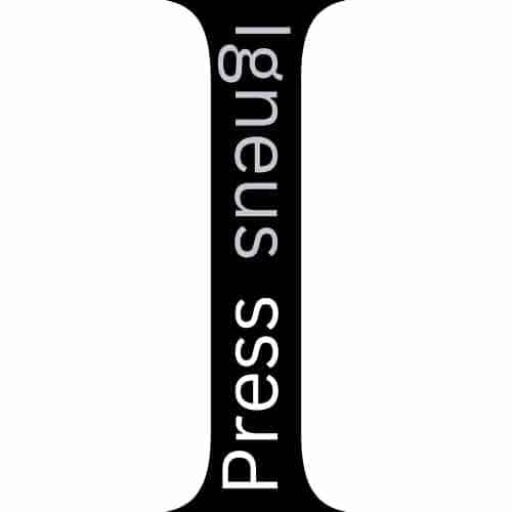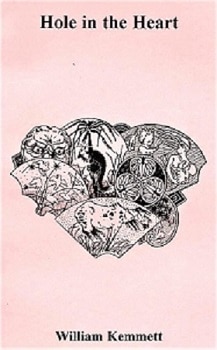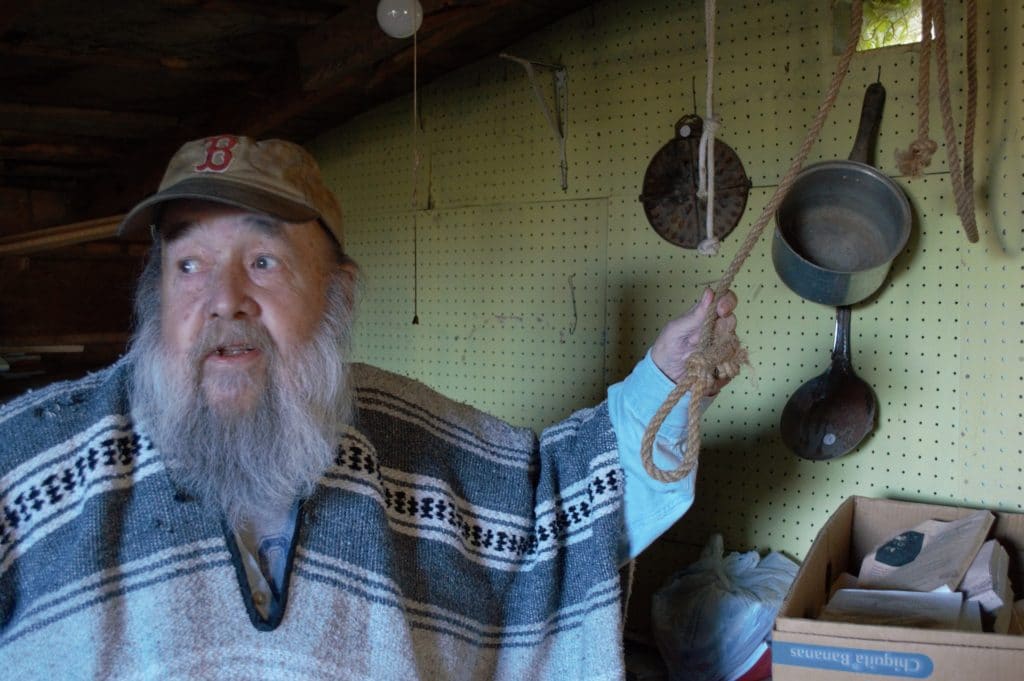Vincent Ferrini, A Tale of Psyche (1st edition) English (buy this book)
Review by deb Ewing
Poetry is infinite aiming toward finite, distillation of the poet’s mind, conveyance of a specific image which wasn’t given in words. Sometimes, and these are some of my favorite times, poetry is words sprinkled onto a page – a dance, performance art in two dimensions instead of three.
I sat in the virtual audience as Igneus Press interviewed poet/performance/artist Elizabeth Gordon McKim on Facebook. She knew Vincent Ferrini, and she told us (and by us I mean me) about him.
EGMcK: Vincent Ferrini…well, you knew Vincent, too, didn’t you?
Sophia Kidd: I met him. I knew him through my father for decades, and then I met him, I rode my bicycle down to see him.
EGMcK: Okay, he was a very instrumental person for me…He grew up in Lynn (Massachussetts); he was Italian, he came from anarchist roots, and he grew up in some of the tenements here. And his parents were shoe workers…(laughing) we recognized each other. We definitely recognized each other.
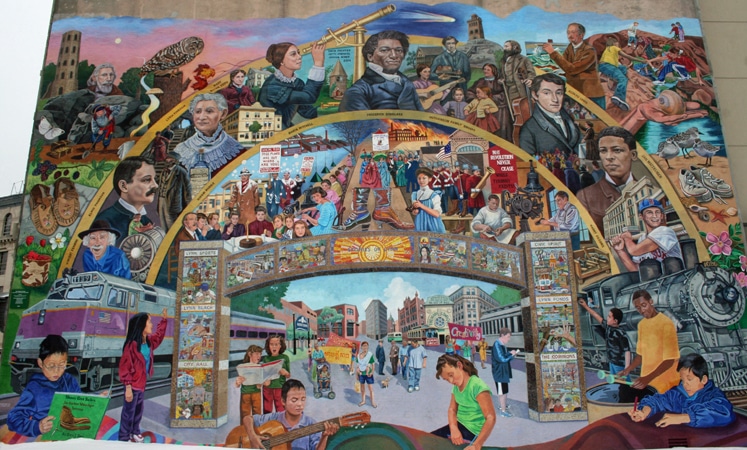
~let me, the narrator, interject here: Is this not an important aspect to poetry as well? Don’t we peek inside these chapbooks hoping to recognize another one of us, a kindred spirit, free or tortured, attempting to translate what doesn’t fit well in society’s language?
EGMcK: …he was just a big force; he took up a lot of space, it was always kinda good space, it was great space with Vincent. There was so much history there, and poetry, and learning, and sexuality; inquisitiveness and curiosity and barbs…”my life is a poem…life is a poem…”
SK: (arms outstretched) “I AM THE POEM!” My dad used to tell this story, and I can’t really do it well, because you need to be able to see my feet…Vincent stood up one day and said to my dad, he put one foot over here, and one foot over here, and said “I HAVE ONE FOOT IN THIS WORLD, PETER, AND ONE FOOT IN THE OTHER WORLD. AND I CAN TELL YOU ONE THING. I AM THE POEM!!!!”
~and this is when I knew I had to go back and read A Tale of Psyche from the top.
EGMcK: (laughing) That’s Vincent. And it’s so wonderful to see where I live here, in Lynn, if I just walk down one block this way, it’s this big public mural and we have people like Frederick Douglass and various people that lived in Lynn…and there’s Vincent! He’s on the mural with his black hat and everything, sort of peeking over everything…he’s so much part of the spirit here. And just as for all of us, we’ve had people who have influenced us, some of them well-known, and some of them familial; you know, from our everyday lives. And Vincent was a person, certainly, from a time in my life…there were so many questions I had about who I was, and Vincent helped for me to feel myself as an artist and as a poet, and to be just part of that big stream.
~ and here we come to the point, don’t we? We want to feel ourselves for what we are, and also to feel ourselves part of that big stream.
This bigger-than-self drawing of Vincent Ferrini translates onto the pages of A Tale of Psyche. He plants a foot firmly on this part of the page, and another here, and another over there. A Tale of Psyche is unconventional – it comprises eight poems, but some of them cross several pages like rabbit-tracks in fresh fallen snow. Ferrini talks a lot about dual states: in and out, between, like a shoreline.
I keep A Tale of Psyche in my purse these days – poetry living my life with me. It has crumpled pages, dog-eared corners, food stains. This book has to be lived, breathed, moving, because to read it aloud for you (and I will) doesn’t give the whole picture. Here, let me show you how he nearly draws a tree’s purpose:
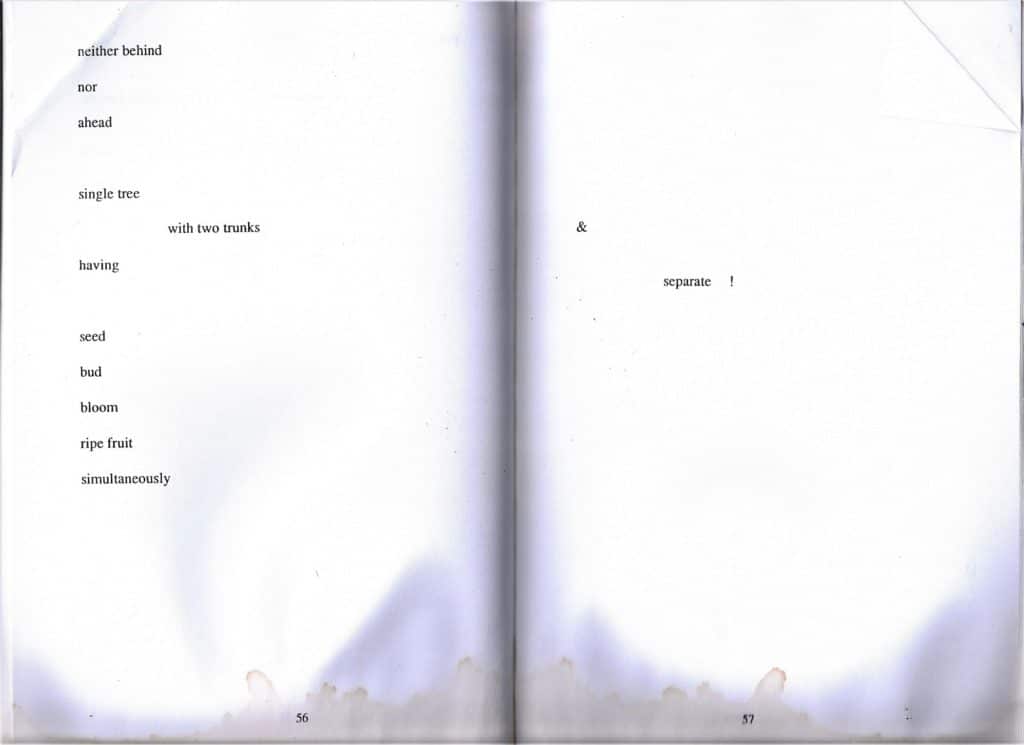
…and how he approximates a wandering, wondering psyche:
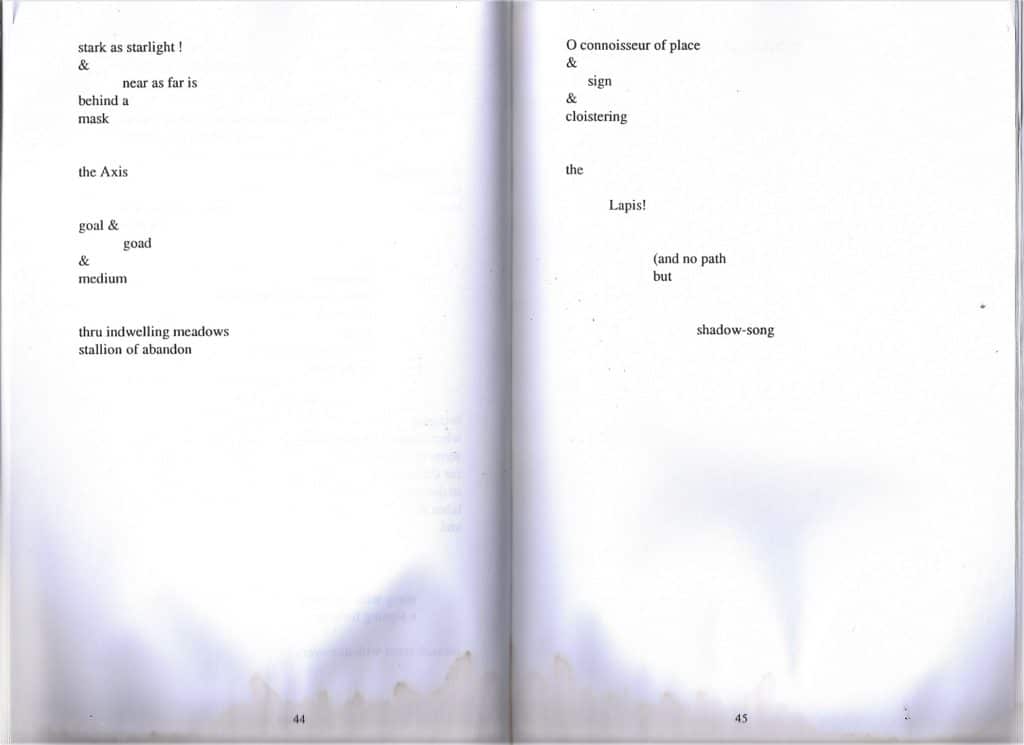
…so when I read the poem, I cannot just convey to you the words used to create it, because a space creates it, too.
Vincent Ferrini is the poem. With this in mind, you can read the words of a shoemaker’s son as they perform on each page and understand it’s true
for
all of us.
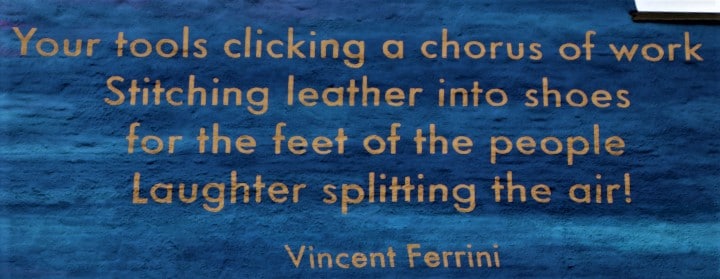
Further reading:
Find yourself inspired by the images of Elizabeth Gordon McKim here: elizabethgordonmckim.com
Watch the Facebook interview with Elizabeth and Sophia Kidd here: https://www.facebook.com/IgneusPress/videos/691913161687422
David Fichter gives the details of his work with Yetti Frenkel and Joshua Winer on his website here: davidfichter.com
Montserrat Alumna Yetti Frenkel is one of the Stories of Lynn mural team. See her work here: Yetti.com
Beyond Walls is the project responsible for the fantastic murals around Lynn, Massachusetts.
